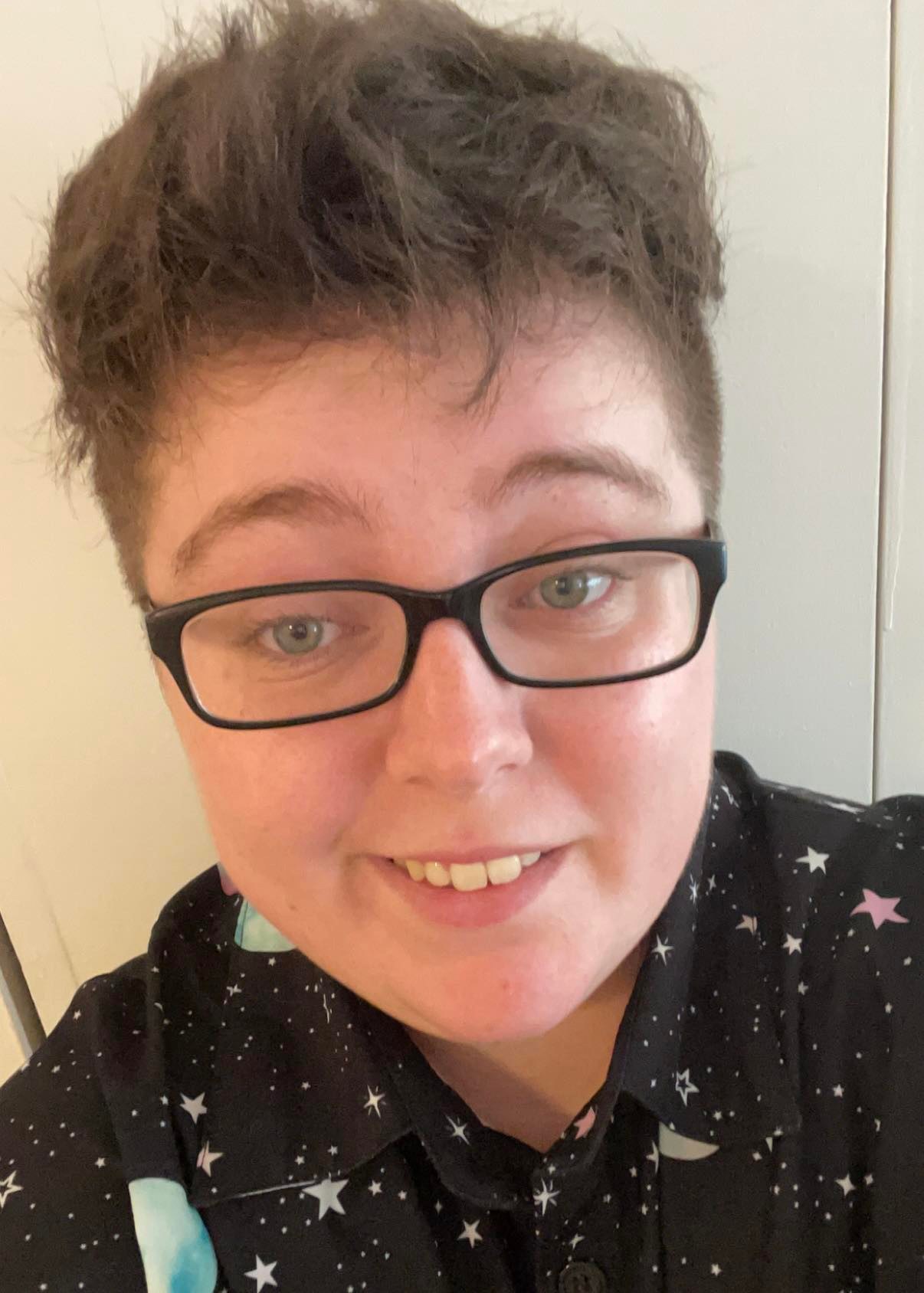Suicide and Self-Injury
(PS11-40) Examining the Role of Interpersonal Risk Factors in Suicide Ideation Among Sexual and Gender Minority Adolescents
- LL
Lucy Liotta, M.A.
Doctoral Student
The Graduate Center, City University of New York
Queens, New York, United States 
Jamie Taber, B.S., B.A., Other
Doctoral Student
The Graduate Center, City University of New York
New York, New York, United States- CR
Christina Rombola, M.A.
Lab Manager
Hunter College, City University of New York
New York, New York, United States - AO
Ana Ortin-Peralta, Ph.D.
Assistant Professor
Yeshiva University and Albert Einstein College of Medicine
Bronx, New York, United States 
Regina Miranda, Ph.D.
Professor
Hunter College and The Graduate Center, City University of New York
New York, New York, United States
Author(s)
Co-Author(s)
Sexual and gender minority adolescents are at increased risk for suicide ideation, attempts, and deaths. The Queer Youth Suicide Prevention Model (Williams et al., 2022) proposes that the intersection of social identities and systems of oppression leads to increased exposure to minority stressors and general stressors, ultimately contributing to mental health problems and increasing suicide-related risk among sexual and gender minority adolescents. While prior research has implicated interpersonal risk factors in this disparity, longitudinal research that follows youth after hospitalization for suicidal thoughts and behaviors is lacking – particularly with ethnoracially diverse youth. The current study examined whether 1) transgender, cisgender sexual minority, and cisgender heterosexual youth would report different levels of suicide ideation 12 months after presenting for suicide-related clinical care, and 2) interpersonal risk factors (i.e., peer victimization, discrimination, parent-child relationship quality) reported at 3-month follow-up would mediate this association. Ethnoracially diverse adolescents (N = 144; ages 12-19 years; 70% Latine, 13% non-Hispanic Black) presented to an emergency department, inpatient unit, or outpatient hospital clinic for suicide ideation or attempt between November 2017 and January 2023. Participants were assessed at baseline, 3-month follow-up, and 12-month follow-up via self-report. Transgender youth reported more severe suicide ideation at 12-month follow-up compared to cisgender heterosexual youth in the full path model (B = 6.56, p < .05). However, the model showed poor fit to the data, and there were no other statistically significant associations between sexual and gender minority status or interpersonal factors and suicide ideation. Sexual minority status and interpersonal risk factors may not play a role in predicting suicide ideation severity among ethnoracially diverse adolescents who have already been identified as having elevated risk of suicidal behavior. However, transgender youth may continue to report more severe ideation compared to others at high suicide-related risk. Findings warrant replication with a larger community sample.

.png)
